Bosch dishwasher does not drain water
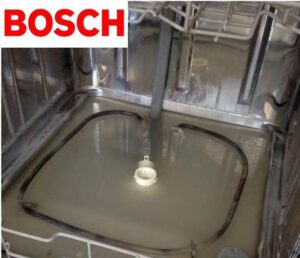 If the Bosch dishwasher does not drain the water after the operating cycle, then this is not yet a reason to call a repair service technician, because usually you can deal with the problem yourself. When there is water at the bottom of the dishwasher, you must first disconnect the “home assistant” from all communications, and then remove all the liquid from the washing chamber. The problem may be associated with a clogged drain system, or with a malfunction of one of the key components of the dishwasher. We will analyze in detail all the causes of the malfunction.
If the Bosch dishwasher does not drain the water after the operating cycle, then this is not yet a reason to call a repair service technician, because usually you can deal with the problem yourself. When there is water at the bottom of the dishwasher, you must first disconnect the “home assistant” from all communications, and then remove all the liquid from the washing chamber. The problem may be associated with a clogged drain system, or with a malfunction of one of the key components of the dishwasher. We will analyze in detail all the causes of the malfunction.
List of causes of the problem
There are many reasons why water does not drain from Bosch household appliances, and you can deal with most of them yourself. If the drain does not work properly, this could happen for the following reasons:
- clogged drain hose;
- clogging of the PMM filter unit;
- damage to the water level sensor;
- failed pump;
- clogged siphon or sewer;
- faulty control module.
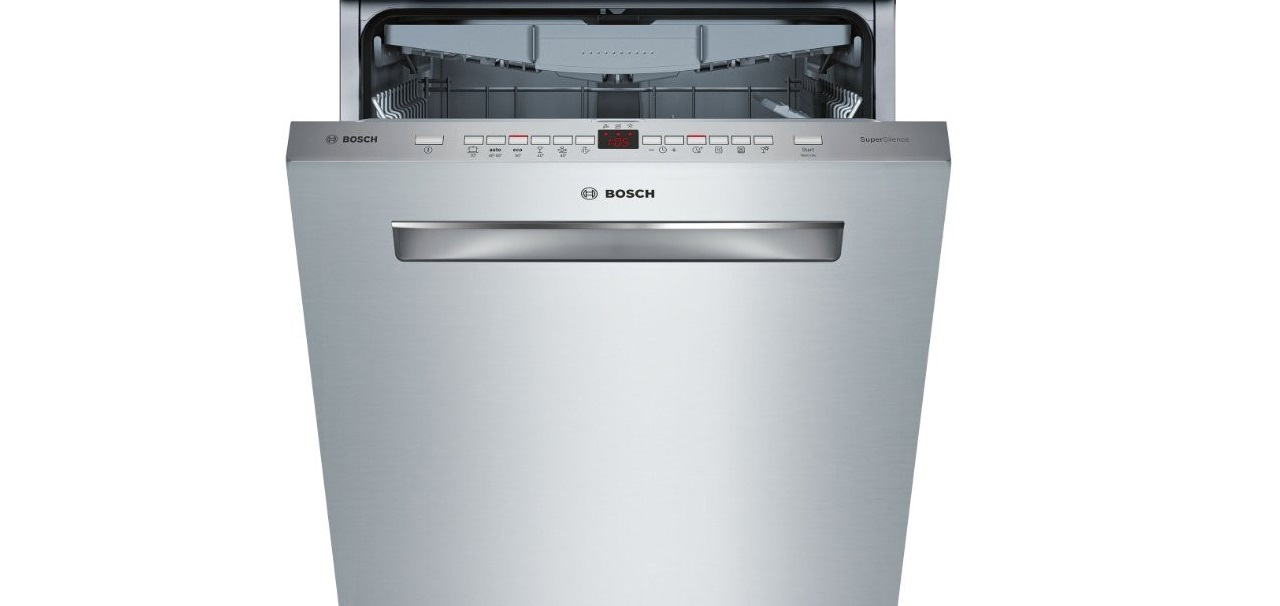
The cause of a malfunction in a Bosch dishwasher is not always obvious. Sometimes you will have to look for it, going through all possible options. You should always start with the most basic thing - by studying the drain hose. It is necessary to check whether it is bent, whether there is a heavy object standing on it, and also whether it is clogged. If you find a blockage inside, you can remove it with a long metal wire and then rinse with a powerful stream of hot water from the tap.
After the hose, you need to examine the device's garbage filter and drain pump. If they are in order, then you can move on to the water level sensor. We will describe in detail how to work with all of the listed nodes in the following paragraphs of the article.
The system is clogged
Very often, water does not drain from the dishwasher due to a clogged garbage filter. This is due to the fact that the element constantly accumulates leftover food, fruit pits, tea leaves, pieces of napkins and other foreign objects that could remain on dirty dishes. Therefore, it is necessary to check the debris filter located at the bottom of the washing chamber of the machine from time to time. What should I do to clean it?
- Disconnect your Bosch dishwasher from all communications.
- Remove water from the tray in the wash chamber.
- Remove the debris filter.
In modern dishwashers, the filter assembly consists of coarse filters, fine filters, a mesh filter, as well as supporting parts, each of which must be cleaned at least once a month.
When you have taken out the entire assembly, you need to disassemble it into elements, and then thoroughly wash each filter. If parts of the filter assembly are covered with limescale, the contamination simply will not go away, so you will have to immerse the parts in a citric acid solution for several hours.
Don't forget to clean the seat of the garbage filter, which also often accumulates garbage and food debris. When cleaning is complete, carefully reassemble the unit and reinstall it. Be sure to check the operation of the Bosch dishwasher - this will allow you to understand whether the problem has been solved or whether you need to look for it elsewhere.
If the drain malfunction has not yet been eliminated, then you need to carefully examine the sewer pipe and siphon. If the riser is clogged, then the water will not drain well from the dishwasher and from the sink in the house. This theory can be tested as follows:
- unhook the drain hose of the machine from the siphon;
- place the end of the corrugation on the wall of a basin, bucket or other empty container of a suitable size;
- turn on a short working cycle of the PMM.
This test will allow you to understand whether the waste liquid leaves or remains in the “home assistant”. If the water remains in the bunker, then the clog is not to blame, but if it starts to leak out, then the problem is in the siphon, which needs to be disassembled and cleaned. If you don’t have time to manually clean the siphon, you can purchase household chemicals for cleaning siphons. Most often, household appliances are connected to the outlet under the kitchen sink, so pour it into the sink and wait a while.
The problem may also be in the sewer pipe itself. In this case, you will have to call plumbers, because the blockage may be deep in the pipe, so you won’t be able to deal with it yourself.
If you have ruled out all the options described, you will have to proceed to partial disassembly of the Bosch dishwasher in order to examine and restore the damaged components. First of all, you should check the pump, then the water level sensor, and lastly, the PMM control module.
The drain pump is not working
The pump in the dishwasher is needed to pump used water from the hopper to the sewer. The drain pump itself does not last forever, because it can simply become clogged or burn out, which is why it will need cleaning or replacement. In any case, for a complete diagnosis, the unit must be removed from the housing of the household appliance.
To remove this part, you need to partially disassemble the equipment, first laying it on the floor and unscrewing the tray. If it is more convenient for you, then you can try to remove not the bottom of the dishwasher, but the side wall in order to remove the drain pump through it.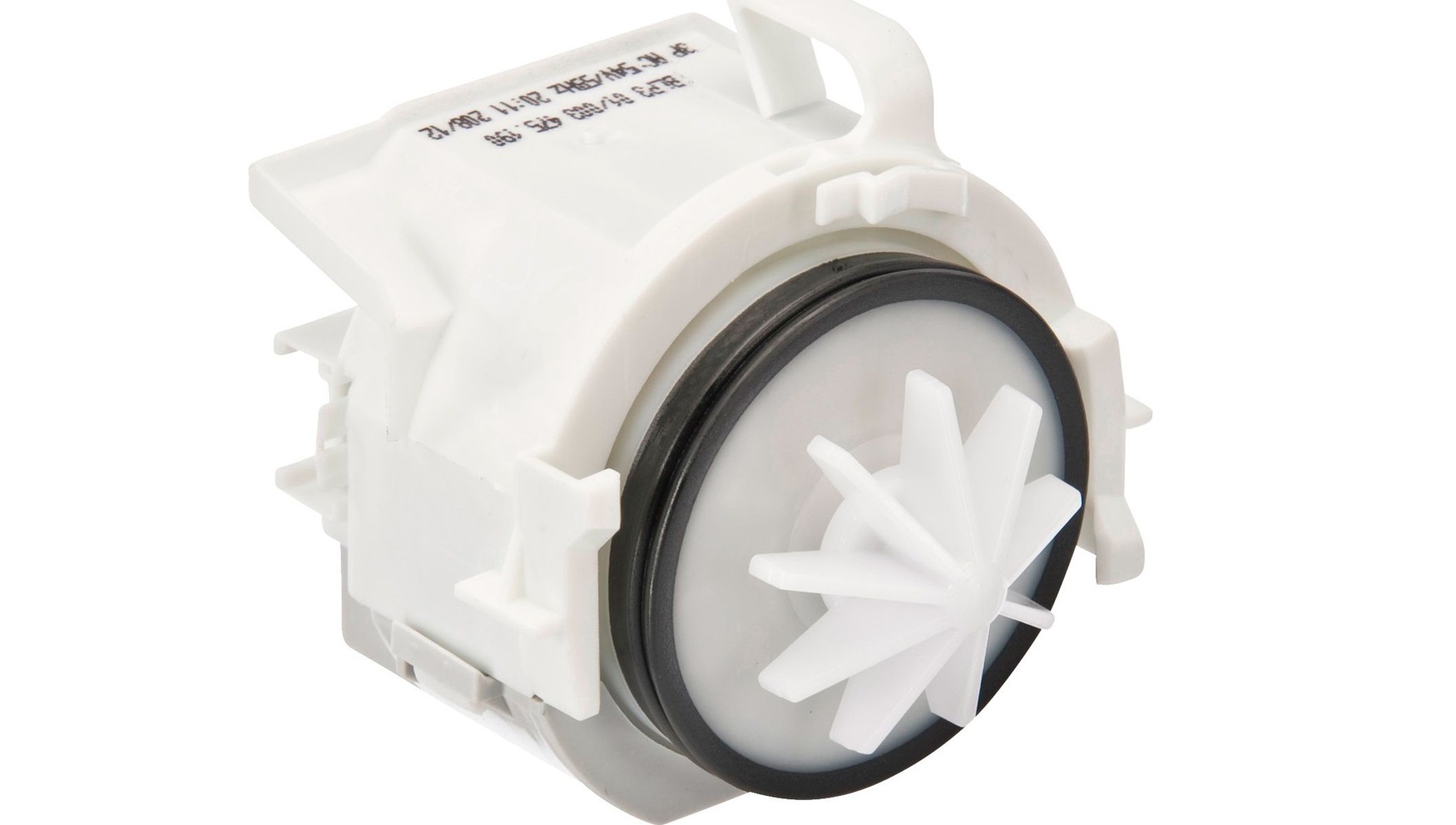
Once you have free access, remove the pump by disconnecting all pipes and wires.When you take out the pump, examine the impeller - the blades should rotate freely, there should be no foreign objects inside, for example, fruit seeds or glass shards from accidentally broken dishes.
Do not rush to disconnect the wiring from the pump - first take a few photos so that you can have an example of the correct connection of the wires at hand.
If the impeller is in order, then you should check the drain pump itself, for which you will need an ordinary multimeter. Set it to resistance measurement mode, connect it to the pump and check the result, which should be approximately 200 Ohms. If the readings seriously differ from the norm, then the pump will have to be replaced, which you don’t even have to try to repair.
To purchase a new pump, you must either write down the exact part number of your Bosch dishwasher, or take the damaged pump to the store to use as an example. Try to buy only original parts, as they will last longer than analogues and fakes.
The water level sensor is not working correctly
The last problem that you can check with your own hands is a damaged water level sensor. A pressure switch, as it is also called, is needed to accurately determine the current water level in the washing chamber. After receiving data about the liquid, the part transmits the information to the control board, which starts the operation of the key components of the dishwasher. But if the pressure switch is damaged, the transmitted data will be erroneous or will not exist at all. Why might this happen with a water level sensor?
- The wiring was damaged during operation.
- Contacts are faulty.
- The pressure hose is clogged.
- The pressure switch coil has burned out.
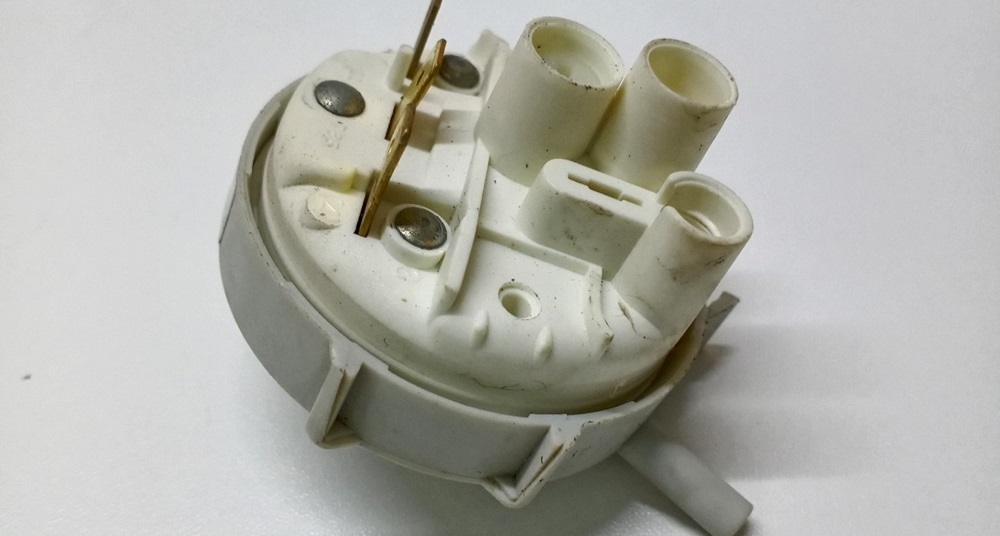
The location of the sensor can be found in the user manual.Most often it is installed at the bottom of the Bosch dishwasher. What should I do to get there?
- Disconnect the machine from communications.
- Just in case, cover the floors with rags or unnecessary towels.
- Place the PMM on the back wall to gain free access to the pallet.
- Detach the bottom panel.
- Find the plastic box from which the tube comes - the water level sensor is located next to it.
- Use pliers to disconnect the pipe from the tank.
- Examine the sensor to see if it is clogged.
To check the functionality of the water level sensor, you can simply blow into the pressure hose and listen. If you hear characteristic clicks, then the part is in order. Everything else needs to be checked with a multimeter.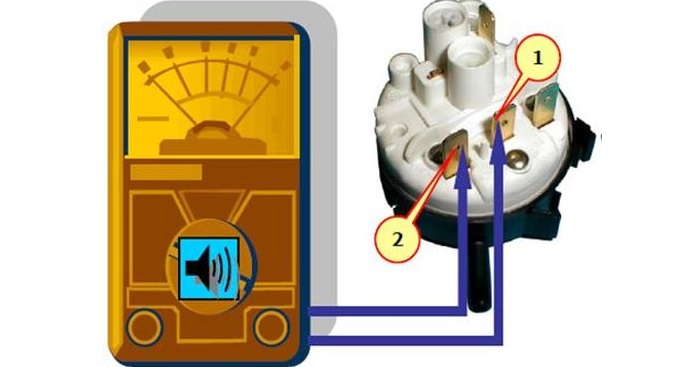
The tester is needed to diagnose the electronics of the pressure switch. To do this, you need to connect the multimeter probes to the sensor contacts and check the received data. If “0” appears on the display, then the pressure switch is working. Otherwise, you will have to buy a new water level sensor and install it according to the instructions in the reverse order.
The last reason for a faulty drain may be the control board, a kind of “brain” of the entire Bosch dishwasher. You should not try to restore this element on your own, because without special education and experience there is too great a risk of damaging the board even more, so call a service center specialist for repairs.
Interesting:
Reader comments
- Share your opinion - leave a comment

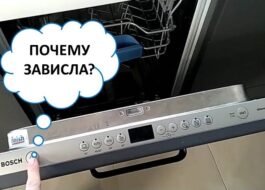




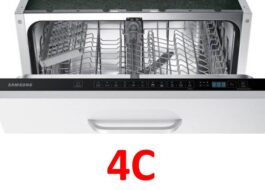














Add a comment